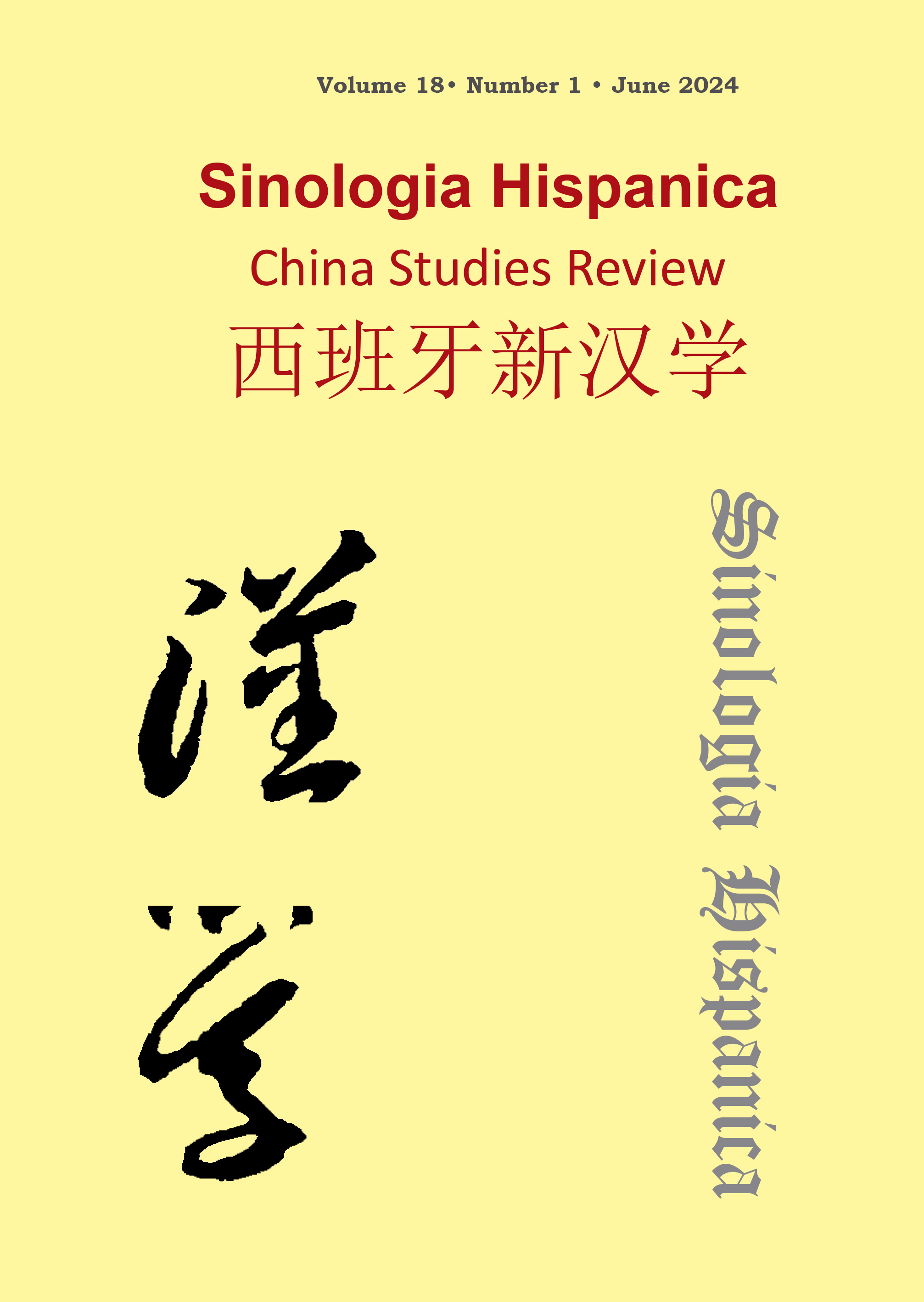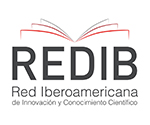El hilo del pensamiento paisajero en China: del Lago del Oeste a la civilización ecológica en el siglo XXI
DOI:
https://doi.org/10.18002/sin.v18i1.8433Palabras clave:
arquitectura del paisaje; China; paisaje; ‘sponge city’; bioremediación; regeneración urbana.Resumen
La componente civilizatoria del paisaje en China, justifica el desarrollo de este artículo, por qué la lectura de la naturaleza a través de una cosmología y construcción cultural del paisaje durante siglos, representa una aportación diferencial muy significativa respecto la lectura de la naturaleza y el hombre en la civilización Occidental. Este texto confronta el constructo cultural del paisaje en la historia de la civilización China y el carácter del espacio verde como instrumento regenerador, equilibrante y transformador de ciudades con graves déficits y problemas medioambientales en el siglo XXI.Identificamos la necesidad de conectar el legado cultural distintivo del paisaje de la civilización China y la narrativa del paisaje contemporáneos que enfatizan su valor instrumental como infraestructuras y servicios ecológicos.Se analizarán unos casos, el lago del Oeste y dos proyectos contemporáneos de regeneración urbana, el parque de Xuhui Runway y el parque urbano de Houtan en Shanghai. El lago del Oeste y su entorno en Hangzhou son un referente histórico por sus valores paisajísticos, a los que contribuyen su geografía física, identidad literaria y legibilidad espacial.
Descargas
Métricas alternativas
Publicado
Versiones
- 2024-07-15 (2)
- 2024-07-07 (1)
Cómo citar
Número
Sección
Licencia

Esta obra está bajo una licencia internacional Creative Commons Atribución-NoComercial-CompartirIgual 4.0.
Sinologia Hispanica. China Studies Review considers all manuscripts on the strict condition that
- The authors grant on a nonexclusive basis the exploitation rights (reproduction, distribution, public communication and transformation) of the work accepted for publication to the University of León. The authors can establish, on their own, additional agreements for the non-exclusive distribution of the version of the work published in the journal (for example, placing it in an institutional repository or publishing it in a book), always acknowledging the initial publication in this journal.
- The manuscript is your own original work, and does not duplicate any other previously published work, including your own previously published work.
- The manuscript is not currently under consideration or peer review or accepted for publication or in press or published elsewhere.
- The manuscript contains nothing that is abusive, defamatory, libellous, obscene, fraudulent, or illegal.
- Please note that Sinologia Hispanica uses Turnitin software to screen manuscripts for unoriginal material. By submitting your manuscript to Sinologia Hispanica you are agreeing to any necessary originality checks your manuscript may have to undergo during the peer-review and production processes. Any author who fails to adhere to the above conditions will be rejected.
- Authors are allowed and encouraged to electronically disseminate the pre-print versions (version before being evaluated) and / or post-print (version evaluated and accepted for publication) of their works before publication, since it favors their circulation and earlier dissemination and with it a possible increase in its citation and scope among the academic community.
Sinologia Hispanica is under Creative Commons Attribution-NonCommercial-ShareAlike 4.0 International License. You can read more about this license in versión informativa and texto legal.








